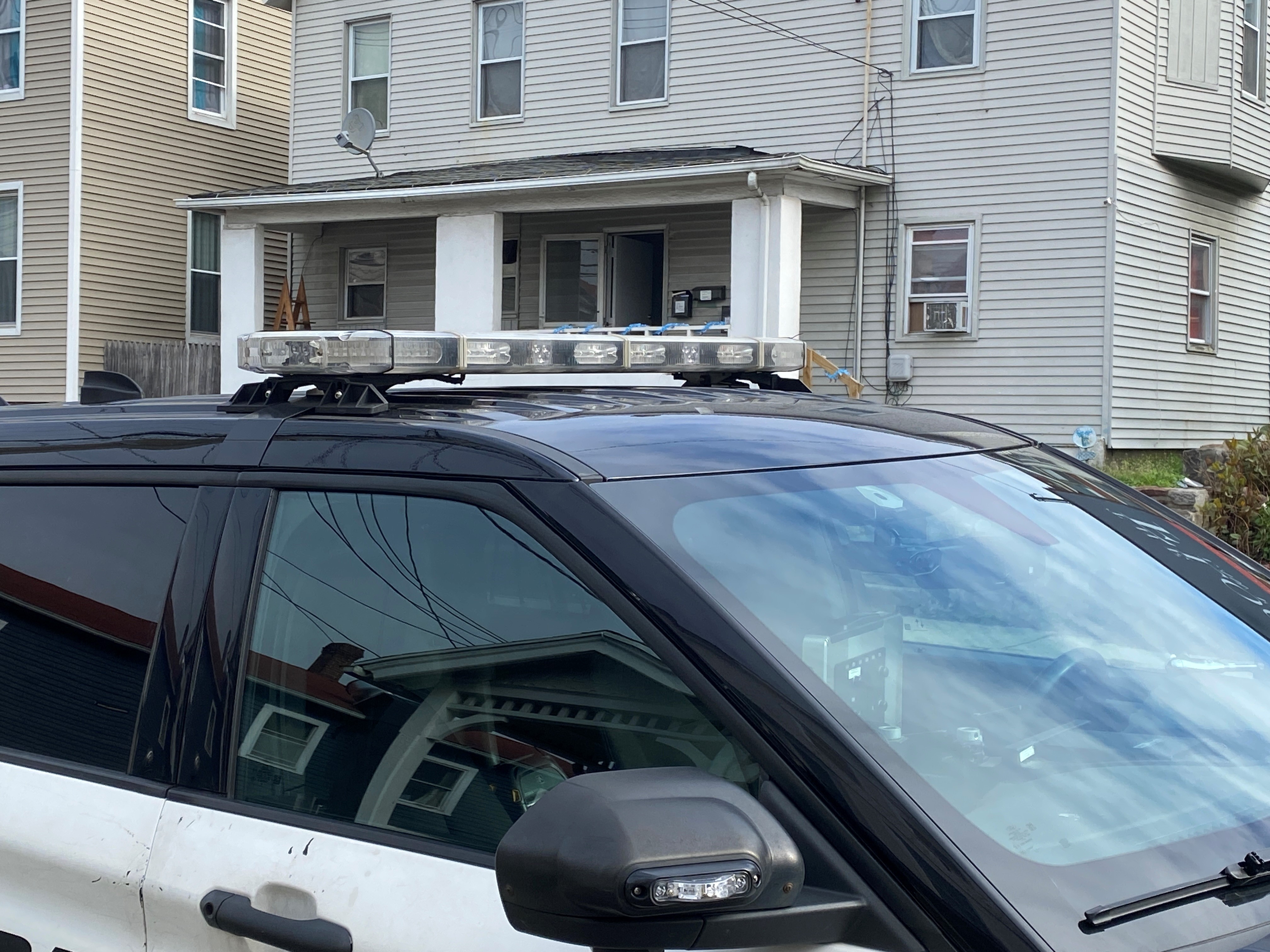Just short of runway two at Tweed-New Haven Airport, Connecticut's worst aviation disaster occurred on June 7, 1971. Allegheny Airlines Flight 485 crashed into a row of East Haven beach cottages on final approach to Tweed, killing 28 people in a horrifying fireball.
Wednesday morning's plane crash was only a few hundred feet north of where Allegheny Airlines Flight 485 crashed. However, this most recent crash was likely not related to weather.
Visibility at 10 a.m. today was more than 10 miles, wind was light out of the southwest and the ceiling, or cloud base, was 7,500 feet above the ground.
The Allegheny disaster in East Haven more than 40 years ago was blamed on pilot error but weather played a large role in the accident. Fog and very low cloud ceilings obstructed visibility across the Connecticut shoreline on the morning of June 7, 1971, according to the National Transportation Safety Board report.

The conversation recorded by a cockpit voice recorder between Captain David Eastridge and First Officer James Walker indicated the extremely limited visibility on final approach for the flight that had left Trumbull Airport in Groton on its way to Tweed-New Haven Airport, just before impact.

Three people survived the crash, but 28 passengers and crew members died.
Local
According to the NTSB report, the deaths were due to asphyixiation or burns after the initial impact. The report concluded the probable cause of the accident was, "the captain's intentional descent below the prescribed minimum descent under adverse weather conditions, without adequate forward visibility or the crew's sighting of the runway environment."



